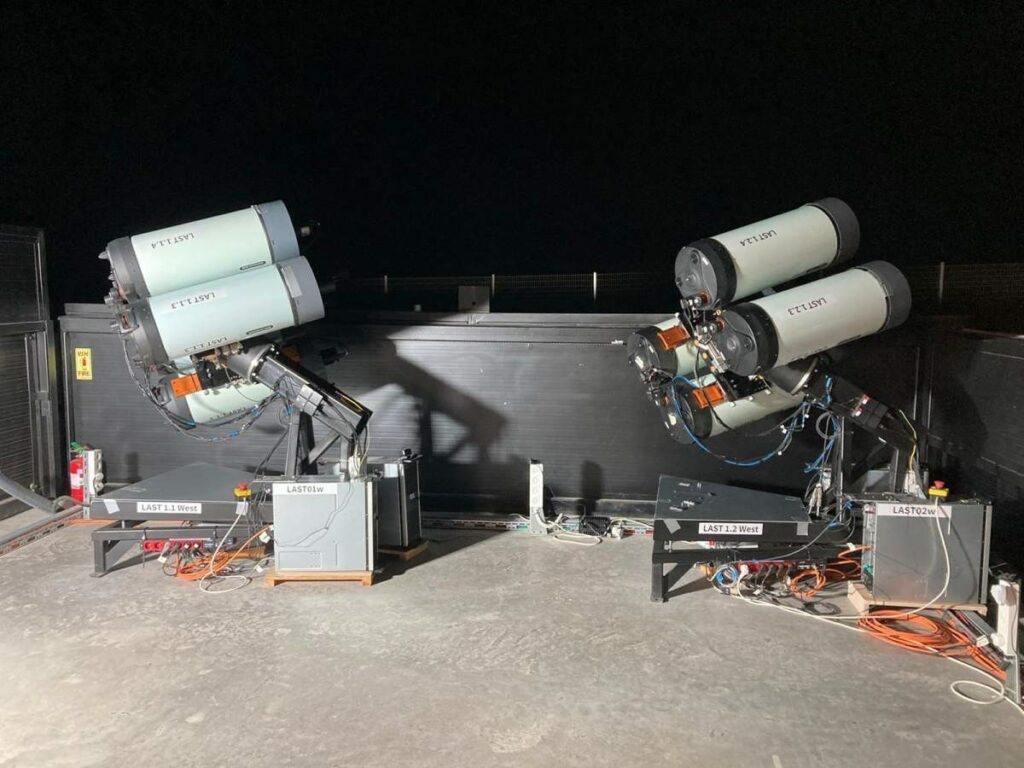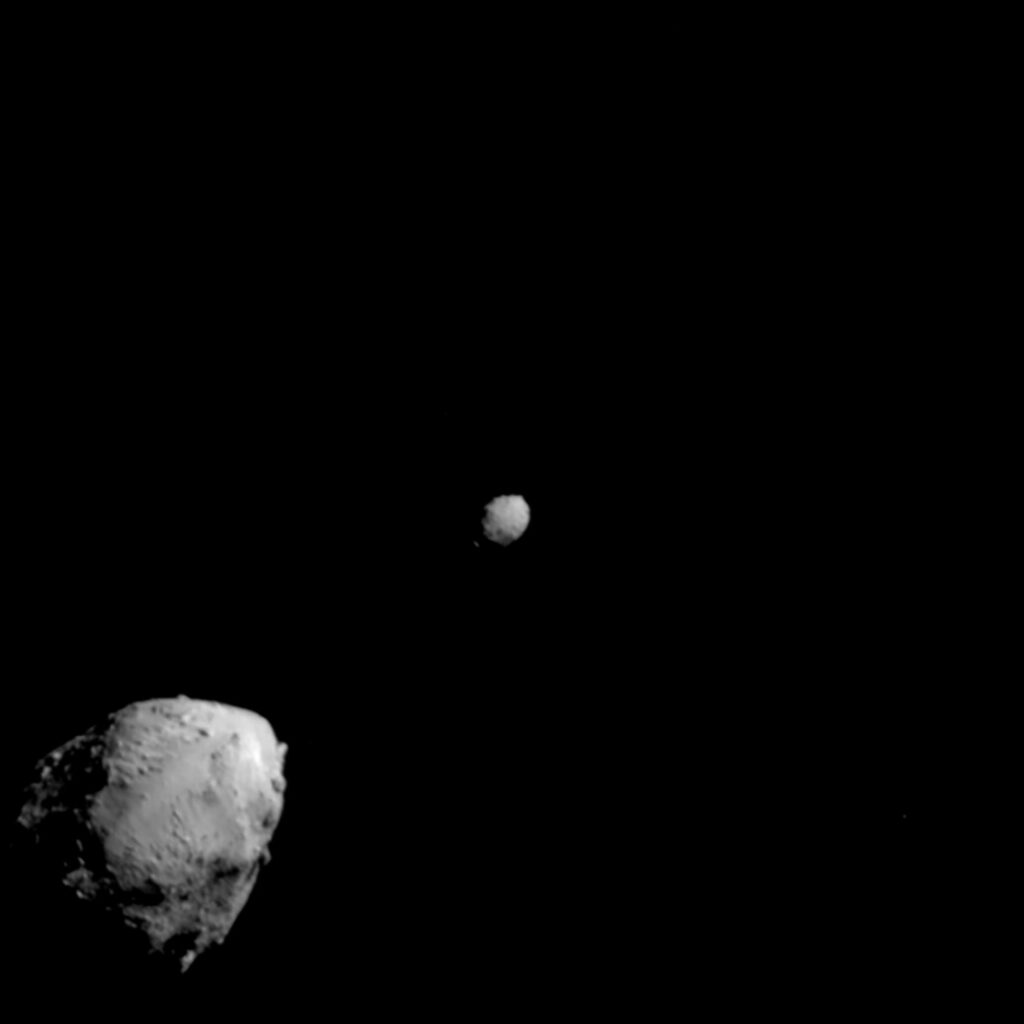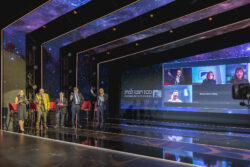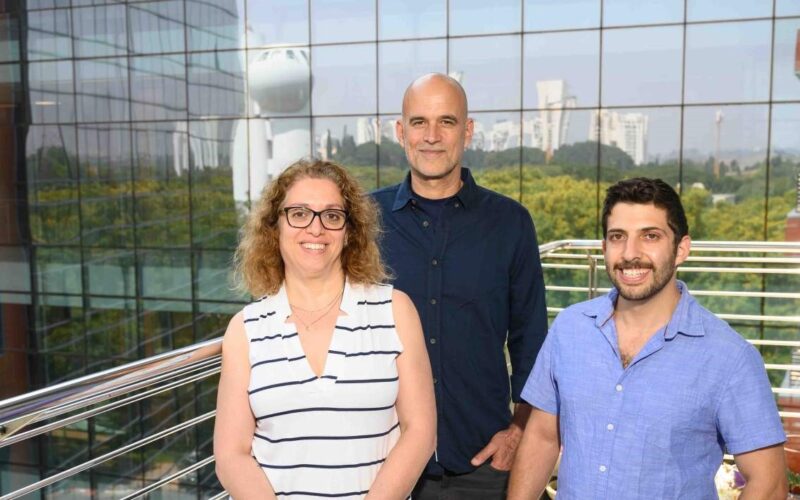
November 4, 2022
NASA’s first-ever interception of an asteroid happened in full view of researchers from the Weizmann Institute of Science in Israel, who documented the collision’s debris last Tuesday.
DART impact as seen from Weizmann’s new observatory in the Arava
The footage, which the Weizmann Institute scientists were able to capture because the event occurred after nightfall in Israel, shows the dispersal of what looks like a fine cloud of matter following the collision between an unmanned NASA vessel and the asteroid Dimorphos.
Benefitting from the low light pollution in Israel’s south, Weizmann Institute researchers Prof. Eran Ofek and Dr. David Polishook filmed the collision using no fewer than 6 units of 11’’ telescopes at Neot Semadar in the Arava Desert and from the Wise Observatory near Mitzpe Ramon in the Negev Desert.
Part of NASA’s Double Asteroid Redirection Test, or DART, the collision was the first demonstration of the agency’s planetary defense technology, which is designed to knock out objects that risk hitting Earth.
The debris, or ejecta, was travelling at a speed of dozens of meters per second, according to the Weizmann Institute scientists. The vessel that NASA crashed into Dimorphos was traveling at 22,530 kilometers per hour and it is expected to slightly slow down orbital speed of the asteroid. The vessel “was obliterated on impact” Polishook said.
Dimorphos, which is now in orbit about 11 million kilometers away from Earth, is a relatively small asteroid with a diameter of only 160 meters (530 feet). It orbits a larger asteroid, Didymos, which has a diameter of about 780 meters. Neither asteroid poses a threat to Earth, according to NASA.
The maneuver applied to Dimorphos is called kinetic impact. It uses a space vessel to deflect any Earth-bound asteroids or objects that may produce devastating effects on the planet.
Scientists are now measuring how the impact has altered Dimorphos’ orbit. They’re expecting it to shorten by 1% or roughly 10 minutes, NASA has said.
NASA’s DART mission to an asteroid – official mission trailer
The Weizmann Institute scientists are part of what NASA has called “a global team …using dozens of telescopes stationed around the world and in space to observe the asteroid system”.
Over the coming weeks, NASA added, that team “will characterize the ejecta produced and precisely measure Dimorphos’ orbital change to determine how effectively DART deflected the asteroid.”

Weizmann’s telescopes in action

Asteroid Didymos (bottom left) and its moonlet, Dimorphos, about 2.5 minutes before the impact of NASA’s DART spacecraft. Credits: NASA/Johns Hopkins APL






